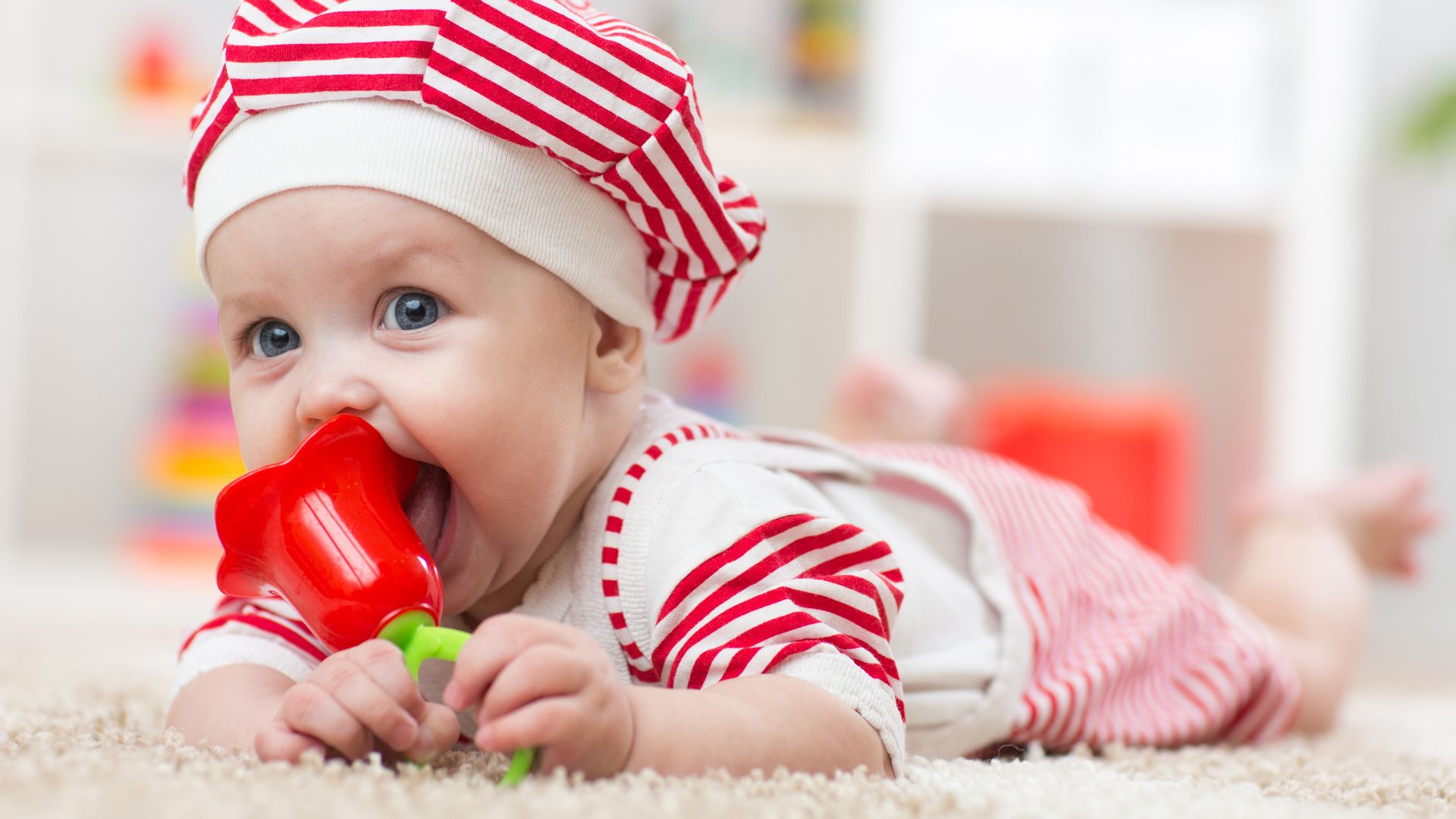

Consumer websites focused on toy safety abound, and for the right reasons. Organizations like PlaygroupNSW.org provide a wealth of information, listing common safety concerns that parents, caregivers and teachers must keep in mind before introducing a toy to a child. These sites ensure that absolutely no known safety concern is neglected along the way.
For your toy and children’s product company, becoming familiar with these toy safety checklists is a good way to align your testing focus with the safety concerns that are rooted in real-life conditions.
This safety-first focus should also consider the importance of using the most skilled and dedicated toy testing service available. Here are some of the most frequent and important testing considerations when thinking about toy safety.
A great deal of research has gone into matching toys with their appropriate age group. As designated by the Consumer Product Safety Commission (CPSC), there are ten specific age groups, starting at “Birth Through 3 Months” and covering up to “9 Through 12 Years”. Age group classifications are based in part on childhood psychology, developing motor skills and anatomy.
In particular, most toy markets around the world have imposed a specific ban on all “small parts” for use on toys meant for children under 3 years of age to prevent choking hazards, and U.S. 16 CFR 1501 specifications for identifying small parts are emulated around the world.
By contacting QIMA you agree to our privacy policy and terms and conditions.
There have been several recent recalls on products that include tiny, yet intensely powerful magnets made from a rare earth metal called Neodymium, after a number of reported swallowing instances. Because of their strength, these magnets can pinch tissue and bore holes in the stomach or intestines if more than one is swallowed, and they can only be removed through surgery.
International standards such as ASTM F963, EN 71-1 and ISO 8124-1 require warning labels for magnets in magnetic or electrical experimental sets. The label must describe the danger and deem the product unsuitable for children under 8 years of age.
Children don’t touch toys lightly. The average level of prolonged bodily contact is enough for any cheap, dangerous substances that a toy might contain to absorb into the child’s body and potentially cause hazardous, long-term health effects. For example, most national markets, including the U.S., Canada and the European Union, are fast phasing out phthalates out of toys due to their toxicological properties.
However, recent studies are still finding phthalates in a number of toys sold in “phthalate-free” markets like the United States. Inaccurate reporting and declaration of these products can still be too common for anyone to take for granted any statements of conformance without proper lab verification.
Here again, as detailed in 16 CFR 1500.48, age appropriateness is given specific consideration. Standard 16 CFR 1500.48 measures “technical requirements for determining a sharp point in toys and other articles intended for use by children under 8 years of age.”
A toy’s failure to hold up to wear and tear during play speaks to the low quality of materials and/or production methods, and signal’s the manufacturer’s disregard for safety. Products that crack easily can create sharp edges or small parts; while cheap dyes may lose their color fastness after prolonged handling or machine washing.
Proper testing standards, such as EN 71-1&3, specifically addresses the physical, mechanical and chemical properties of children’s products through dozens of valid safety tests.
While it is easy to see how products like toy weapons and certain electronic devices would need close monitoring in order to protect a 12-year-old’s hearing, less obvious items such as rattles and squeeze toys are now becoming recognized as potentially harmful to an infant’s ears. Currently, all noise-generating toys for all age group are required to meet the acoustic requirements specified in the EN 71-1 standard on the safety of toys.
Compliance tests exist to measure a toy’s safety qualities from every angle: from flammability potential to proper packaging and labeling. However, perhaps the largest box on a consumer’s checklist is a toy company’s recall history.
The CPSC commonly publishes product recall reports which include children’s toys, equipment and clothing items, along with new safety alerts, as previously unknown product-related dangers arise.
Throughout the process of toy design and manufacturing, the most sure-fire way of bringing your vision to life as the safest, most enjoyable toy product possible is to team up with an experienced lab testing and inspection service.
QIMA can guide you through design decisions; help establish your testing criteria to incorporate all national and international regulations; and follow through with an uncompromising level of accurate lab testing and product line inspection.
When you stay connected to true toy safety standards, your toys will stay safely connected to a child’s world.
Our online platform and mobile application make it easy for you to schedule toys and juvenile products testing, and receive your results at any time. Book new tests, view pending orders, and access results from your mobile device. Our online platform provides valuable supply chain insights, including a summary of your QC activity, all of your supplier’s quality stats, industry benchmarking data, and more.
Get Started: Login or create your account
By contacting QIMA you agree to our privacy policy and terms and conditions.